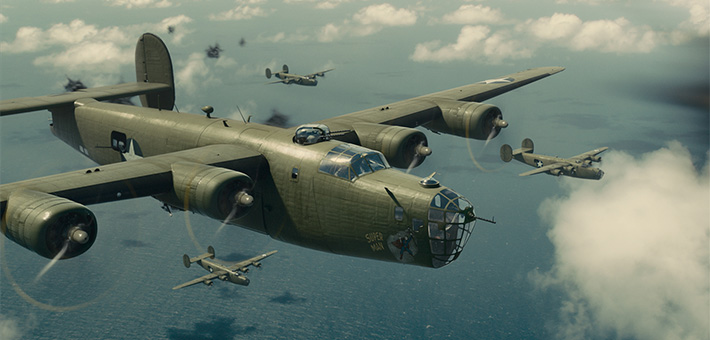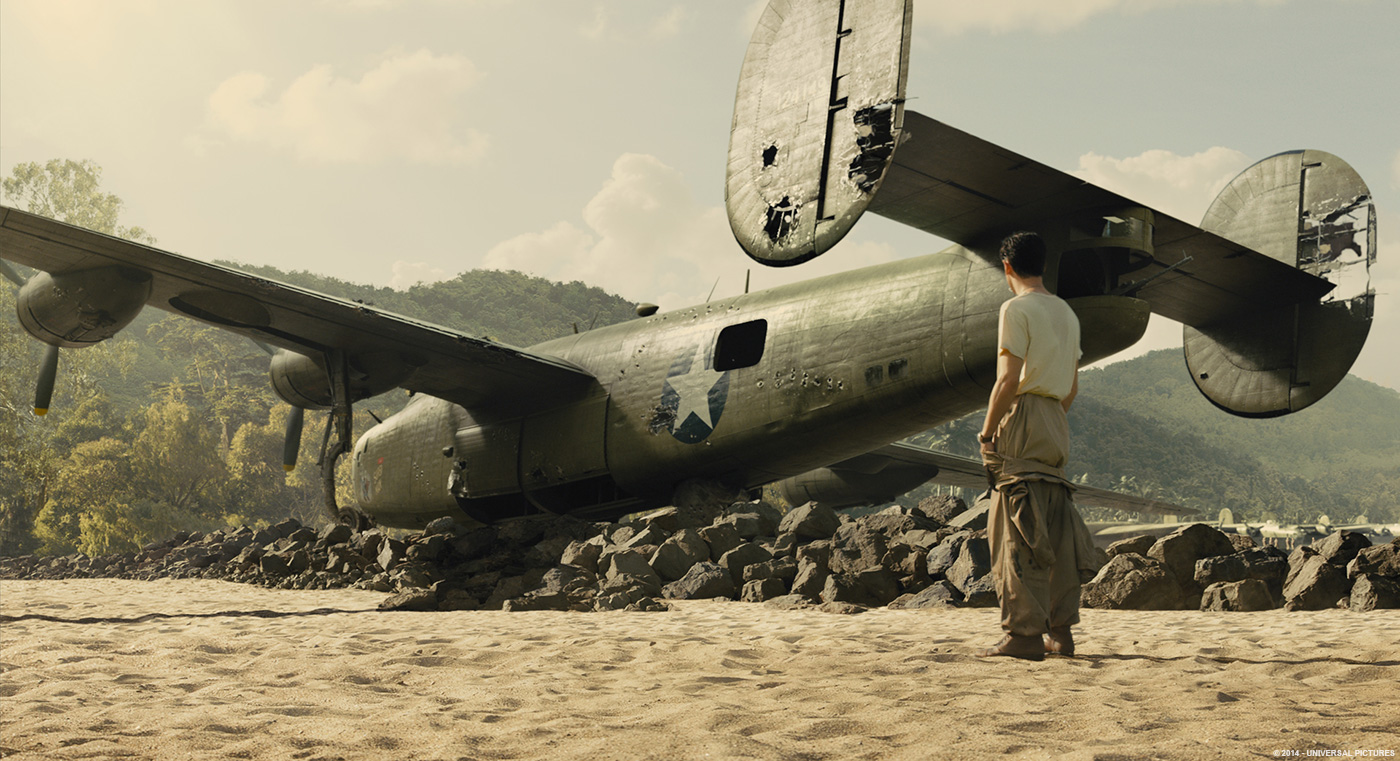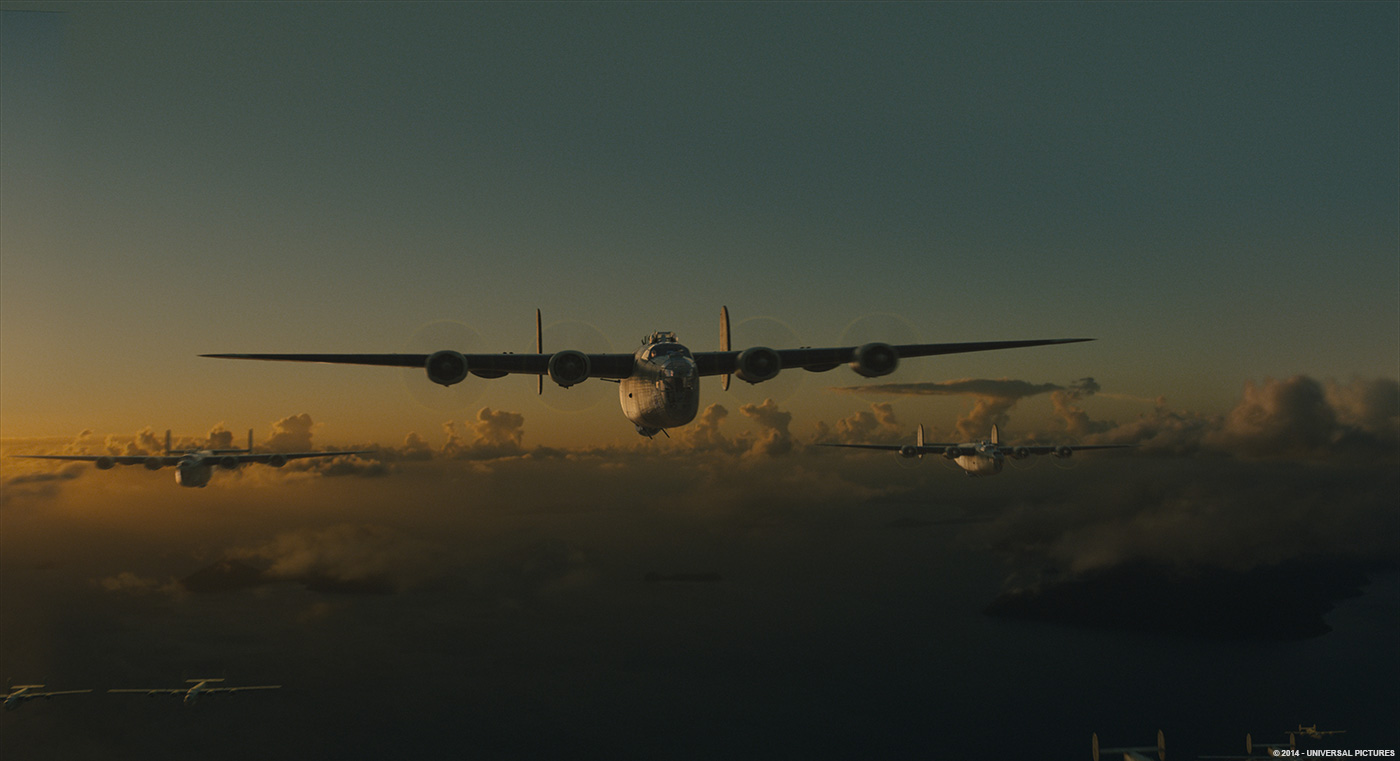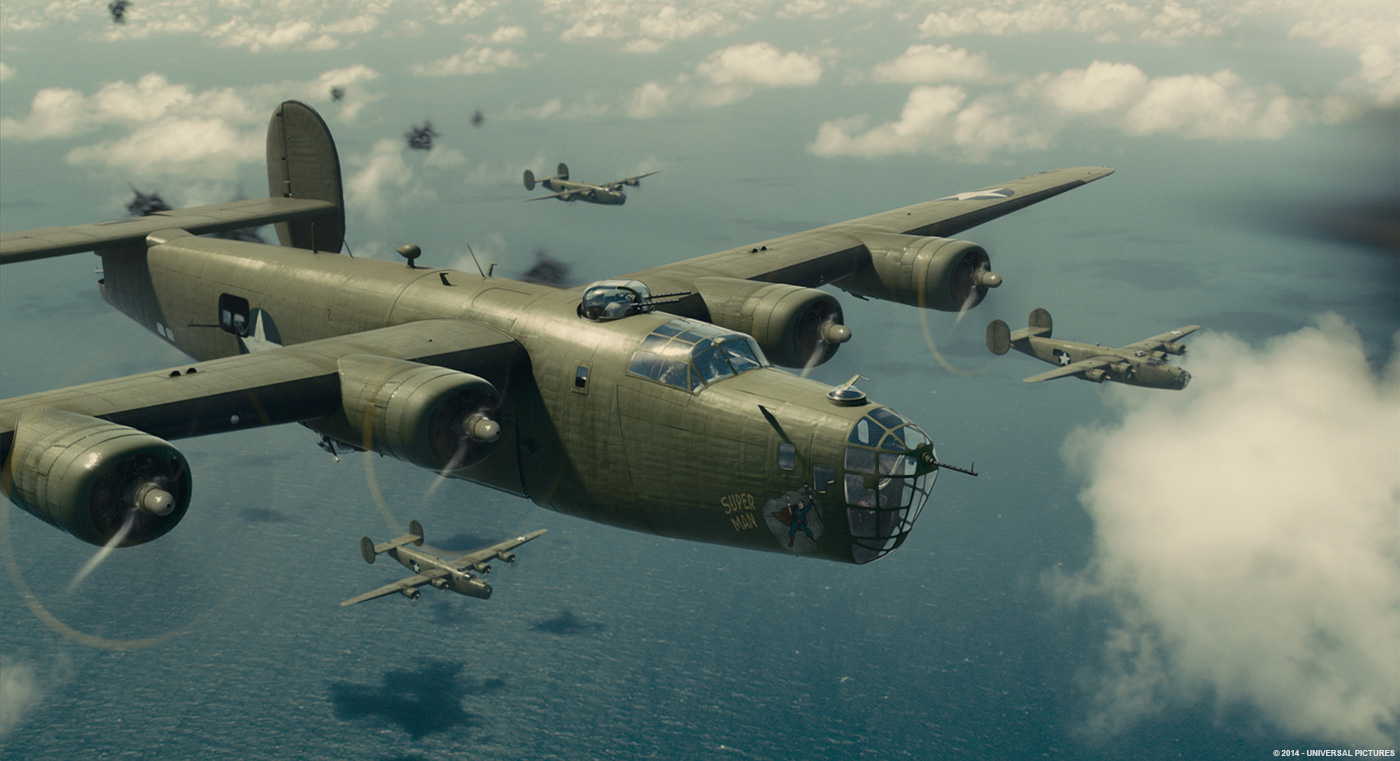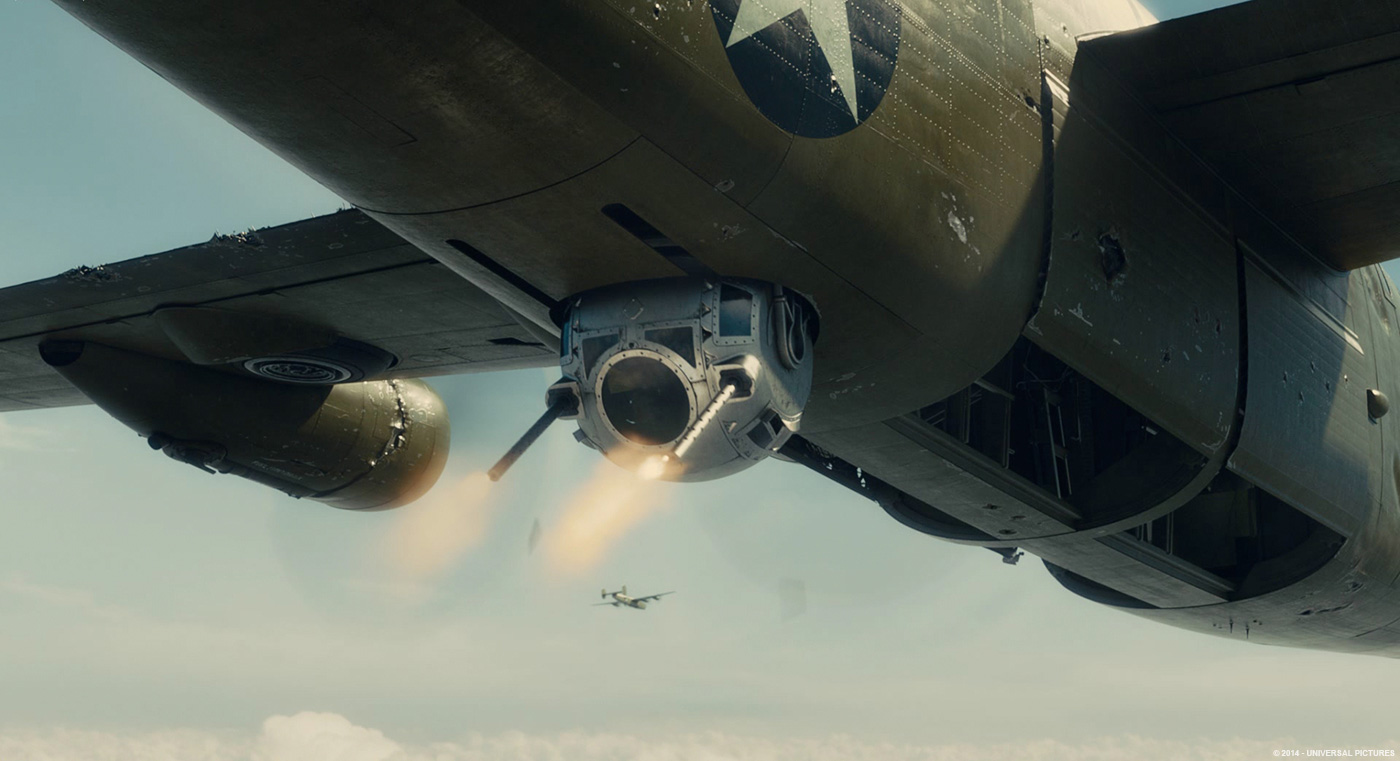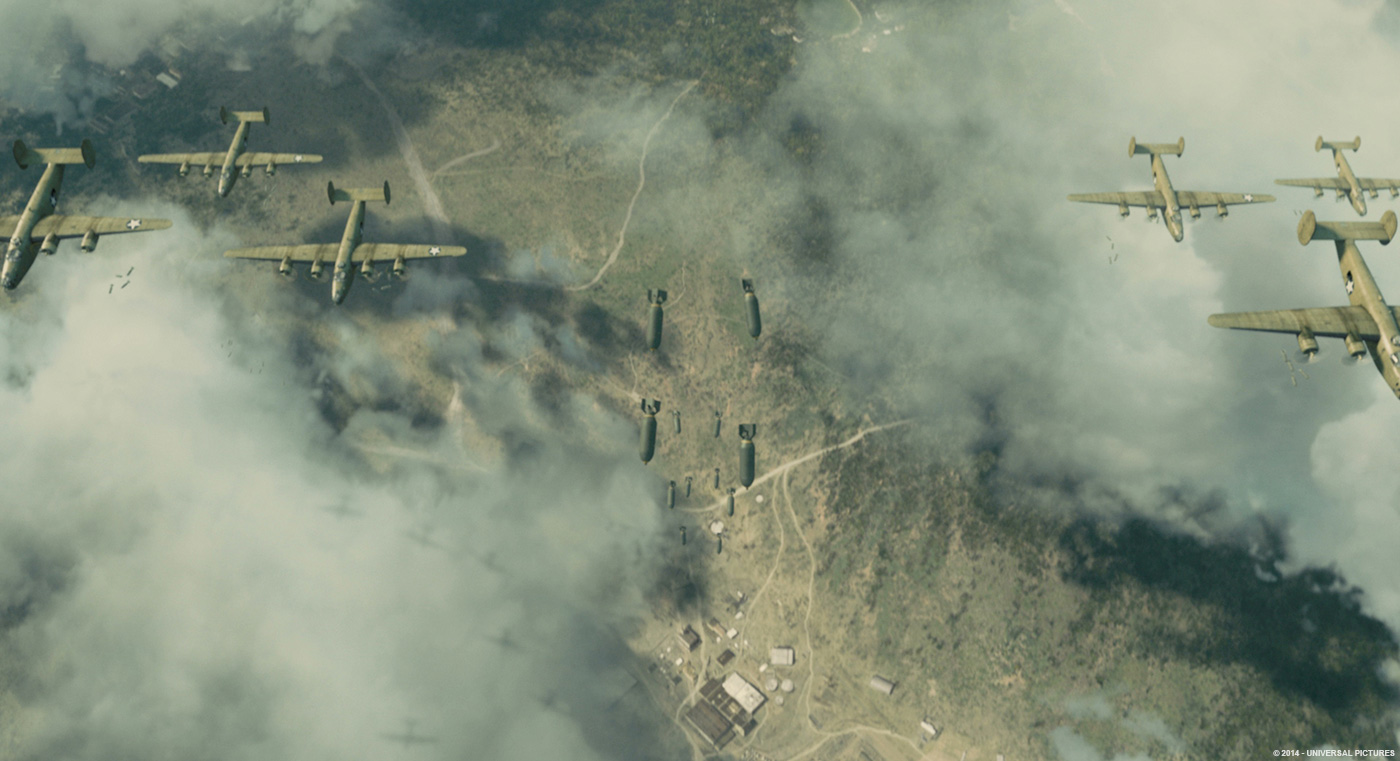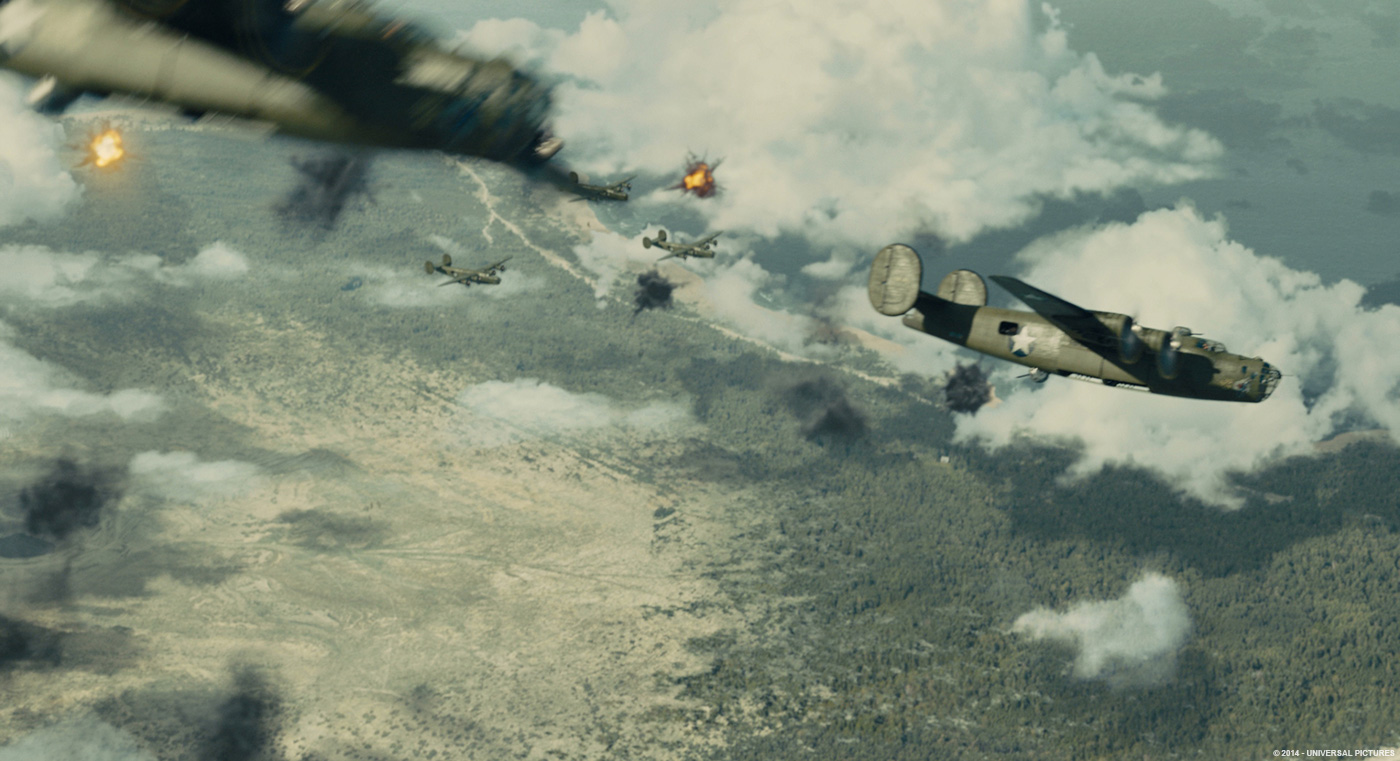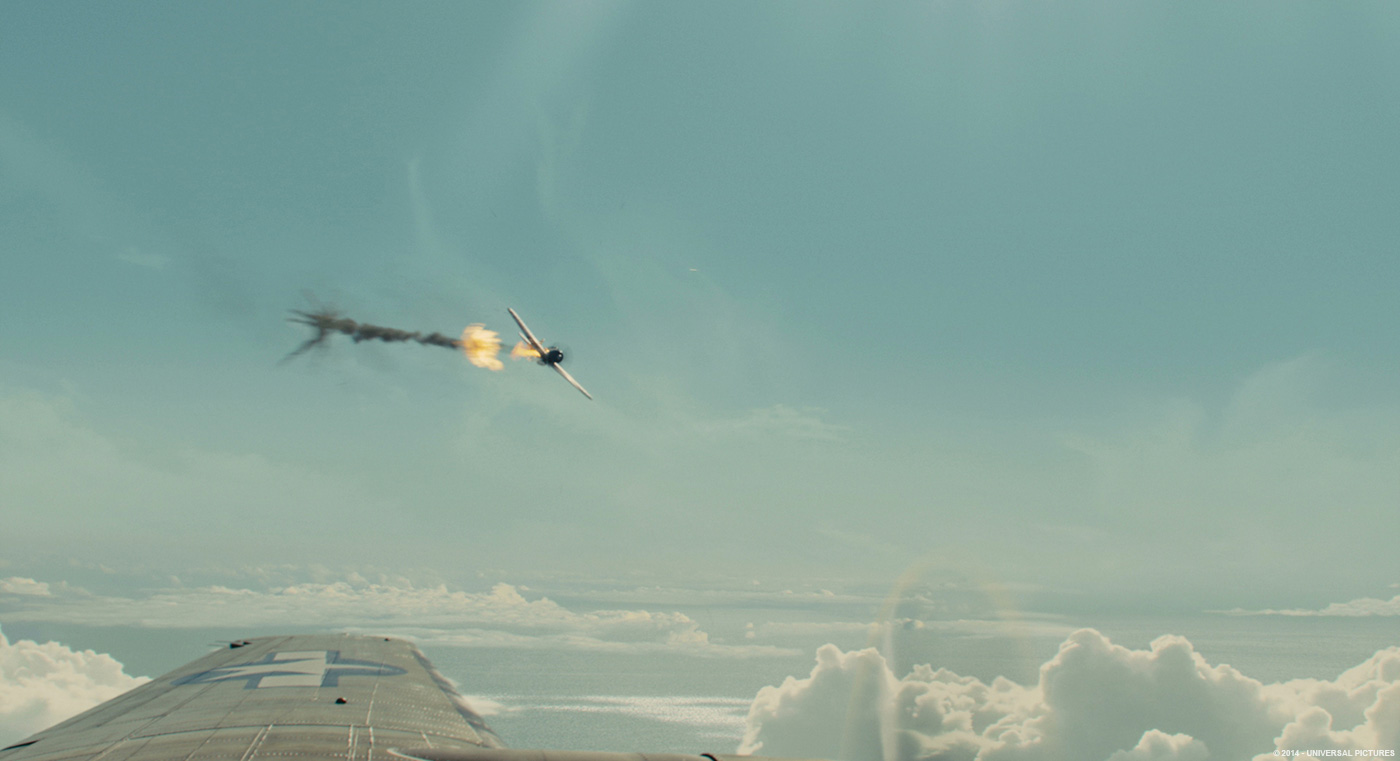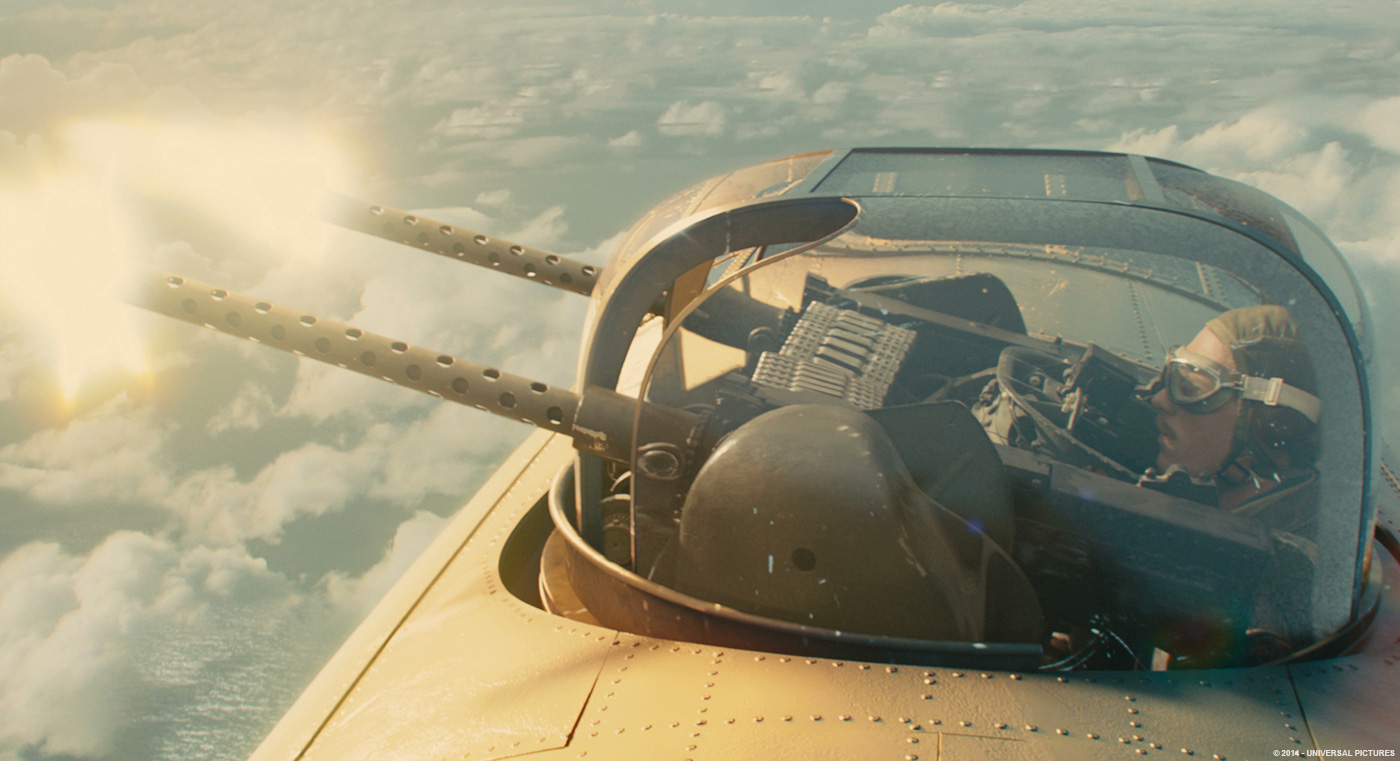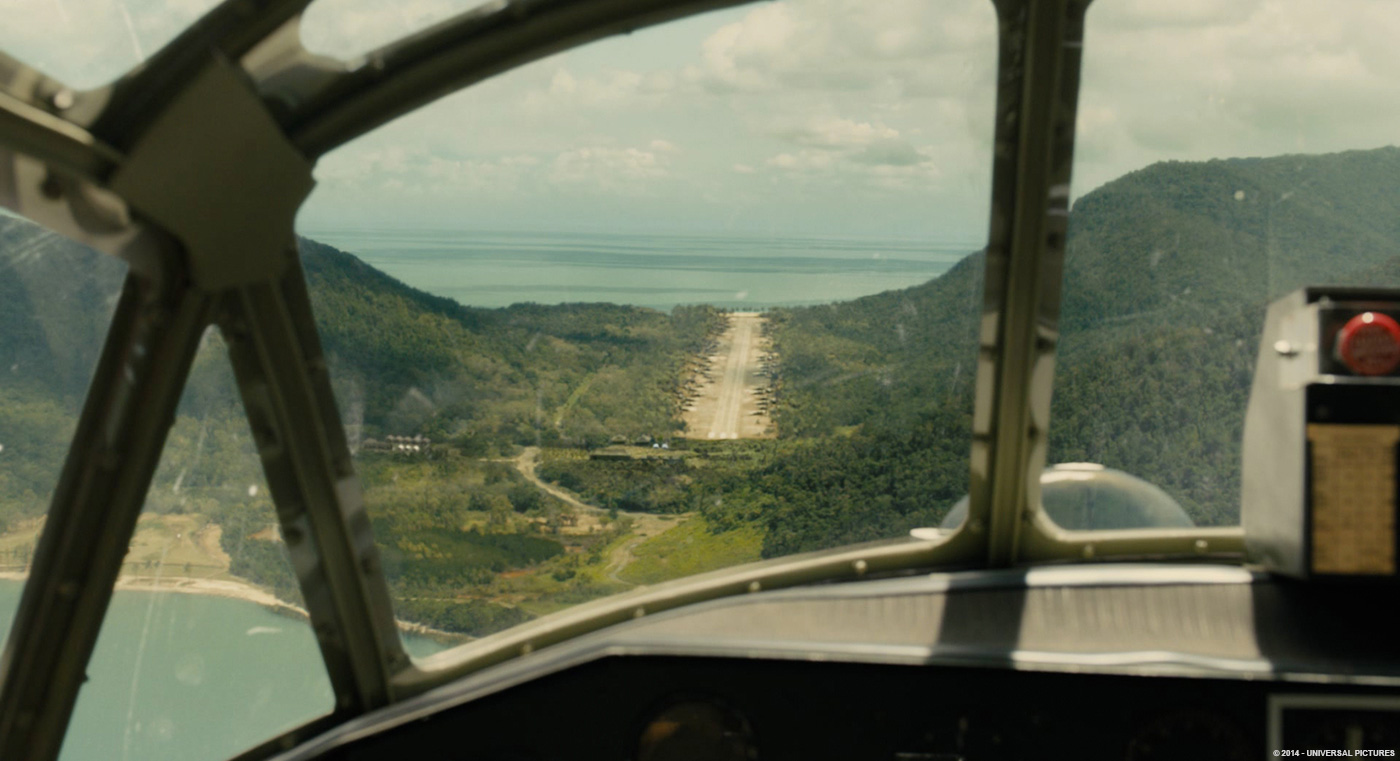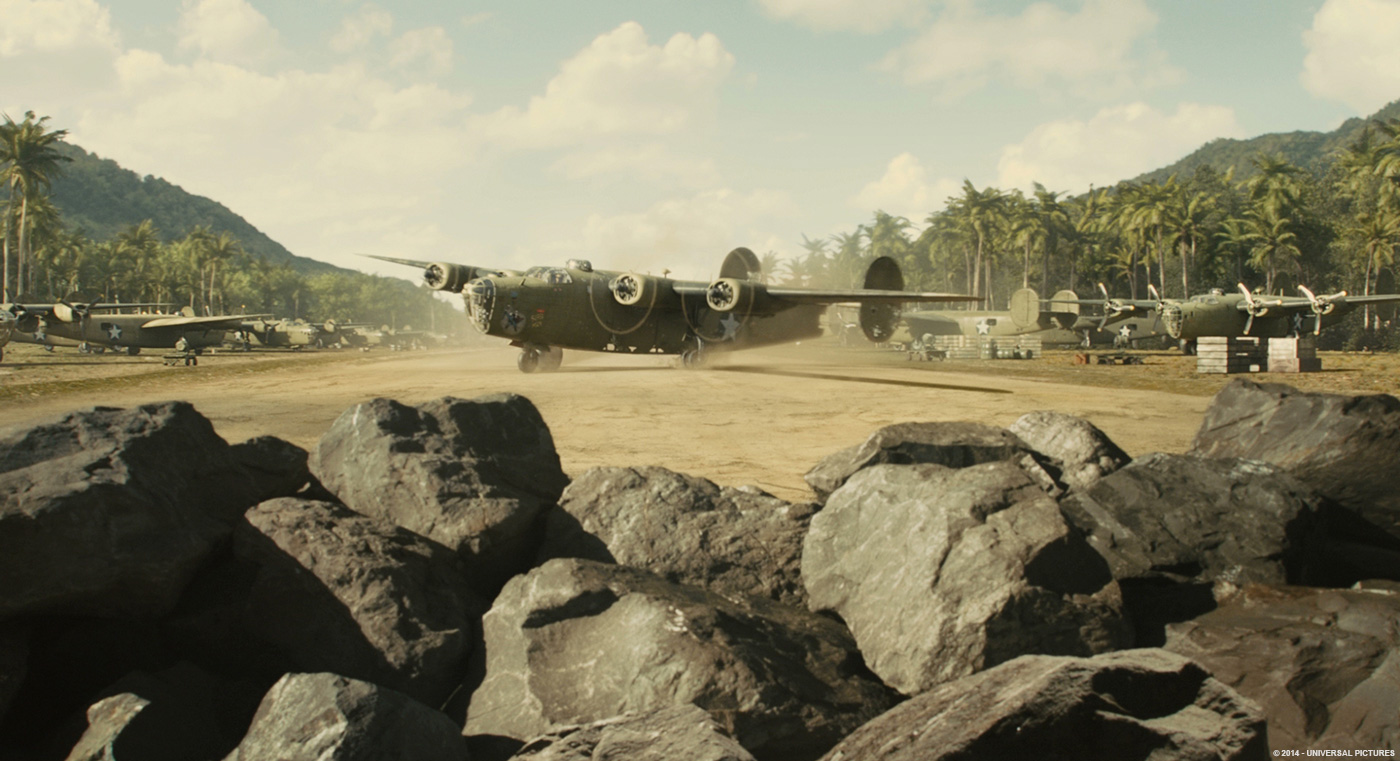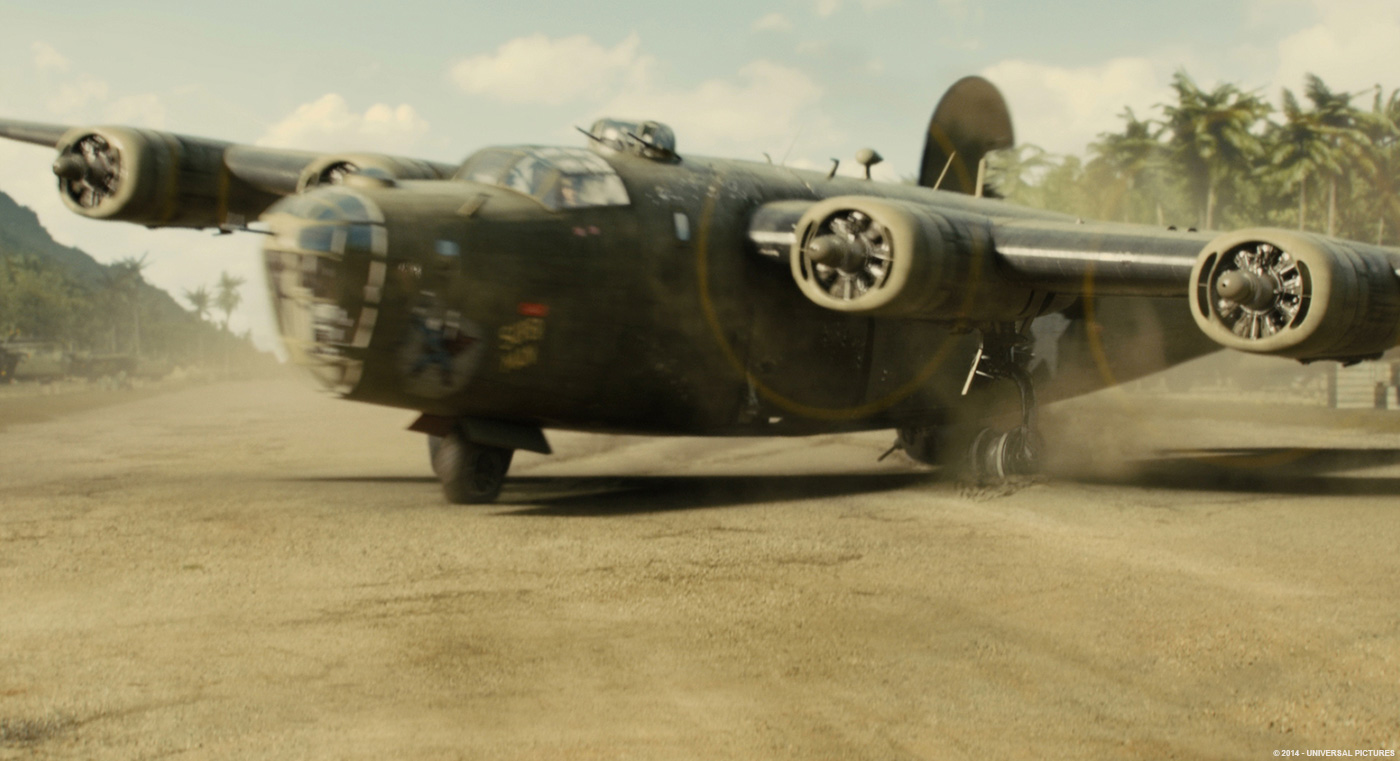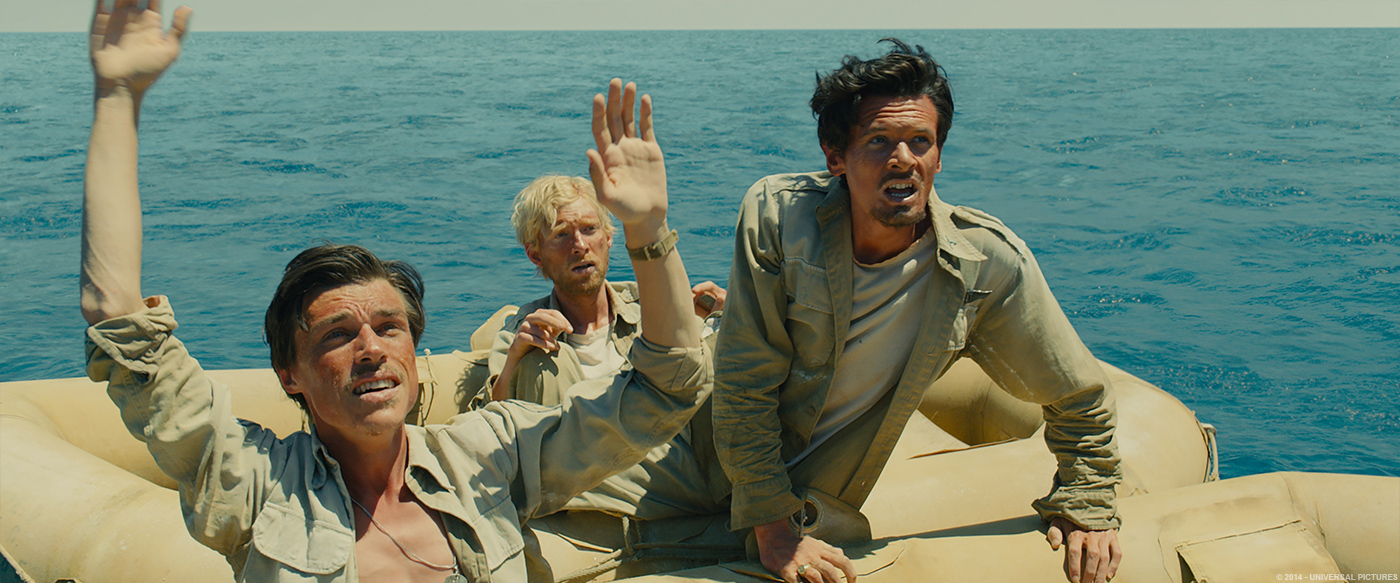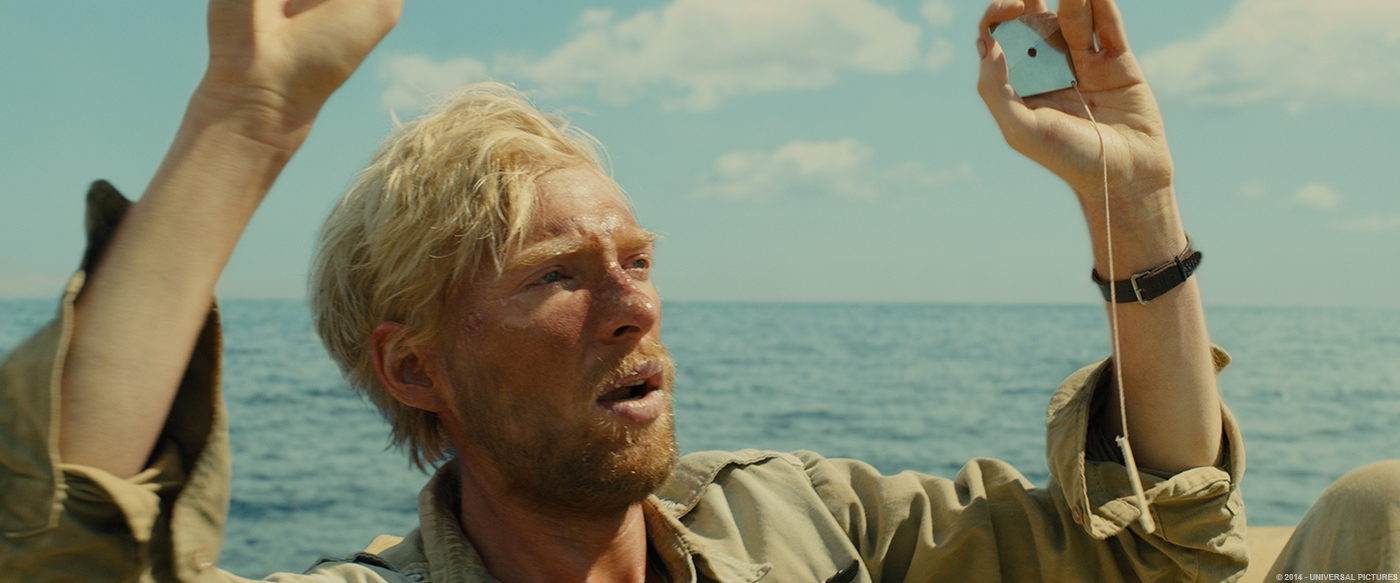Matthew Rouleau began his career in the visual effects in 2003. He worked at Buzz Image Group, The Embassy and joined the team of Rodeo FX in 2010. He has worked on films such as THE FOUNTAIN, DISTRICT 9, IRON MAN 2 and PACIFIC RIM.
What is your background?
I have a bachelor’s degree in arts and then I completed my studies at the Centre NAD in Montreal to learn computer animation. I was fortunate enough to land a job at Buzz Image as a generalist, working on commercials mainly. That’s when I started supervising teams, slowly but surely. I then went on to work at The Embassy in Vancouver for a few years, working mainly on lookdev and lighting. I have now been at Rodeo FX for almost 5 years as head of CG and VFX supervisor.
How did you get involved on this show?
Since its inception, Rodeo FX has developed a great relationship with ILM, partnering up on many projects. Our president Sebastien Moreau is a former ILM artist so the collaboration came naturally and we had the privilege to work with this great team on numerous feature films, including UNBROKEN.
As for my personal involvement, I was just wrapping up supervising GAME OF THRONES season 4 for Rodeo FX, and the timing was just right to get started on a new project. That’s when I was offered to be in-house VFX supervisor on UNBROKEN and gladly accepted. I have had the chance to work with ILM on 3 or 4 other projects and have always had a blast. This was no different. The first talks with Bill George were awesome and I felt like it would be a great experience for the team and myself.
How was your collaboration with director Angelina Jolie and Production VFX Supervisor Bill George?
UNBROKEN was an amazing project for Rodeo FX. It was an incredibly smooth ride from beginning to end. Our biggest challenge was ensuring that the vision of Angelina Jolie our Director, Roger Deakins our DP, and Bill George ILM’s VFX Supervisor was met.
And pulling this challenging project off with Bill and ILM was fun. He knows what he wants and, because of his vast experience, when we showed him work in progress, he understood where we were going with a shot and could provide guidance efficiently.
What was their approach about the visual effects?
UNBROKEN is the true story of war-time hero Mr. Louis Zamperini, so Angelina Jolie and Roger Deakins wanted to ensure that the movie was 100% accurate to reality. It’s a period piece so they tended to shy away from any typical VFX tricks and really focus on photo-realism, and how elements would really react with each other. For them, this was all about how the effects could support the story and the emotional content.
As for Bill George, it was really important for him that our work fit into what was happening in the film – he was really carrying the sensibility that Director Jolie was looking for in this movie.
What are the sequences made by Rodeo FX?
Our largest sequence was the Super Man sequence, which consisted of 154 shots. Starting with the opening shot of the movie where we see the fleet of B-24’s flying over the matte painting background at sunset towards camera, and ending with the successful landing on the Funafuti Airstrip, this sequence was definitely the most challenging of our workload.
We also worked on the sequence where the Green Hornet plane goes out on a rescue mission, up to the point where it finally crashes into the ocean.
And we worked on the raft sequence, comping BS footage of the actors with practical ocean and sky plate.
Can you describe one of your typical days on-set and then during the post?
We weren’t part of the shoot; ILM and Bill were responsible for that aspect of production. As far as a typical day, it would start with dailies, where our comp sup Ara Khanikian, artistic director Arnaud Brisebois and myself would comment everyone’s work from the day before, and give guidelines and objectives for the rest of the day. Then, half the day would be about sitting down with artists, working on schedules, bidding, etc. Then, the second half would be about getting my own artistic work done, look-deving assets or lighting shots. Teatime is also part of the daily routine, of course!
How did you collaborate with the team of ILM?
We would do calls frequently with Bill to discuss our work, and to get more detailed information on changes that were requested or comments we would receive. We would also get daily written feedback, so communication was constant and always very constructive. We also shared our B-24 bomber assets with ILM, sending them updates of our work here and there so they could complete a few shots of their own, so we all really felt like we were part of the same team, rather than a separate vendor.
How did you approach the beautiful opening shot?
We started with a plate, but quickly realized that it would need some tweaks, so we ended up matte painting different parts of the image to get it looking exactly as everyone wanted it. Once our B-24 was built, it was simply a question of getting the animation right. Lighting was quite a challenge, and we ended up blending 3 or 4 light passes to nail it. It was a super long shot, so render times were something to consider. Definitely an epic shot.
Can you explain in details about the recreation of the B-24s?
We built digital models of the B-24 using blueprints and historical photos as references. The airplane asset was a challenge because we only had a limited number of historical photos. We had to invent various details, building the asset from paneling to rivets. We had to see this plane from every angle, from extremely close-up to very far away, so it had to hold up. You can’t really cheat in cases like this, so as always I prefer to have modelers model every single detail as much as possible. The model then reacts to light in the right way and it makes textures and lookdev so much easier. We had hundreds of textures making up the asset in the end, all done in Mari. Lookdev, lighting and rendering was Softimage and Arnold.
In some shots, we were seeing 20 or more B-24s, and our pipeline can handle this quite easily, using the full-scale high detail model in as many multiples as we want. We also had to build clean and damaged versions of the B-24 Green Hornet and Superman, as the planes were getting shot during aerial fights. If a Zero plane is shown putting a bullet in a specific spot in the bomber’s exterior, we made holes inside the fuselage to accurately reflect where it had been hit. We made different iterations of the Super Man asset with damage so we could swap it in as the fighting progressed. We dialed in all the damage on a per-shot basis.
As for the cockpit interiors shots, they were filmed in Australia, using a partial model set on a gimbal, surrounded by a whitescreen to provide more natural light than what would reflect off a bluescreen or greenscreen. We created the effect of reflections in the glass, as well as compositing scratches, dirt, and textures. The Super Man bomber gets badly damaged in the story and the filmmakers were determined that every hole in the plane would tell a story and maintain continuity. The action goes from outside to inside and back again, so the progressive damage needed to be coherent from shot to shot.
Can you tell us more about the animation and lighting for the B-24s?
Animation was quite straightforward, and all key framed. The most difficult animation we had to do was in the crash landing sequence, when we see a full frame landing gear tire shred and blow up in a realistic way. We started out doing this as a simulation, but then switched to key frame animation. It was just easier to art-direct in this way. Practically every frame ended up being custom shapes. Propellers are something that needs a few tests to get right. We didn’t cheat here; we spun the props at proper RPM considering the make and model of actual B-24s, and cranked up the motion blur sub-steps accordingly. We had to cheat a bit in speed to get the wagon wheel effect looking right, but that was the basic idea.
Lighting was really fun, as we had full artistic control on how shots would look. Most of the backgrounds were matte paintings, so we could really design subtle light direction and collaborate with matte painters to get the most out of our shots. Roger Deakins had a very natural look that he wanted for the film, so we didn’t make every frame look like a “beauty shot”. Some shots are actually lit very flat or head on, and this kept things even more realistic in my opinion. It’s easier to backlight everything, that’s for sure, but it was cool to keep things more natural looking for this project.
How did you create the huge environment for the flight sequence?
It was a mix of live action plates that were shot over the ocean, matte painting, and some CG here and there. For the island, we needed to re-create the actual Japanese island from the story, but we made it bigger and more dramatic in our design choices to serve the story better. Otherwise, a big hat’s off to our matte painting department who did an amazing job keeping things photoreal! No real trickery there, just talent and hard work.
Can you tell us more about the big explosion on the island?
That is a pretty interesting story. We started out with concept art on how it needed to look, as we often do at Rodeo FX. The images that came out of it were very convincing, so we decided to actually use these layers in comp and animate them to re-create the explosion. Add in some comp tricks here and there, and that’s what ended up in the movie.
How did you handle the fight choreography in the air?
We received post-viz from another vendor, which Bill supervised and got approval from Angelina and Roger before it came to us. So we did very little design work on flight choreography. This was a great help, because we could concentrate on making our animation believable rather than having to do a lot of retakes on flight paths.
Can you tell us more about the creation of the FX elements such as the trails, fire and water?
All of our FX work is handled in Houdini, so flak, flares, smoke trails, explosions, these were full on CG simulations. The flak was really challenging, in the sense that once again, we were going for realism rather than “movie explosions”. So we did a lot of research to get that right. We also had a few exploding airplanes to do, that was really fun. The most difficult effect we had was tracer fire though. Without tracers, aerial fights are kind of difficult to understand. It was a really important story telling tool. We started by procedurally generating these with a simulation, but quickly realized that this looked too mathematical. Looking at archival footage of dogfights, tracer fire looks really chaotic, with some frames that look like wiggly lines, some other frames look like straight lines, and it’s very random. Then, subtle things like air speed, wind friction and trajectory come into play and that’s when we decided there was no way a sim was the right way to go. So we decided to go old school… we used Nuke and painted the tracers in by hand, frame by frame. We had one guy, Dominique Moisan, who was able to nail down the look and feel of what we wanted, and he ended up painting tracers, frame by frame for a few weeks. It’s cool to rely on artistry rather than full on technology sometimes.
Can you explain in details about the creation of the landing sequence?
After its fight with the Zero planes, the damaged Super Man lands at the Funafuti airstrip. The island, airstrip, soldiers running around, buildings, and foliage were all made of digital elements. This environment started as a plate that we extended with matte painting, then added CG buildings, trees, crowds, etc. to complete the look.
The actual landing sequence was our most difficult work. We needed to pull off a dozen full frame, full CG shots of various areas of the B-24 that were getting shredded, busted up and broken as the landing gear gave way upon hitting the compacted dirt strip. We needed to get very close up on a lot of the B-24 parts and see them very clearly get damaged. Lots of simulations, lots of animation, lots of live action elements that we shot as well to help with comp were used in the end. We really threw everything at this sequence and knew we had to nail it. The runway, rocks, trees, pebbles, were also created digitally and needed to be seen close-up and in full detail.
How did you create the trees?
We have been using Speed Tree for many years at Rodeo FX, and have not had to look for any other solution really. Animation was handled with custom rigging and animation in Softimage. We use Arnold for rendering, and we pre-bake all of our trees in .ass file sequences. We use these stand-ins and populate forests procedurally using particle instancing. In this way, we typically have trees that contain up to a million polygons, and can render hundreds of thousands of trees easily to re-create forests. We started doing this on Mirror Mirror a few years ago and we don’t even worry about simulating trees and forests anymore, it’s something we do on almost every project we work on.
Did you use practical elements for the landing?
Indeed, practical elements were shot with a RED Epic at our studio in Montreal, including dust, debris, and rocks. We also built a pretty crazy rig that we dragged behind a truck in some dirt to see what a wheel rim digging into the ground actually looked like. Those were a fun few days.
How did you extend the ocean background for the lifeboat?
For these shots we needed to composite a practical ocean plate, to extend the water and sky in the seam between the practical footage and the BS. There were also a few shots where we needed to composite a CG plane flying overhead, and one with a CG flare element. A lot of roto work was also involved.
How did they film this lifeboat sequence?
They shot the actors in a tank out on a raft.
What was the main challenge on the show and how did you achieve it?
The main challenge was to maintain a level of photorealism throughout the movie that was consistent with the more raw type of photography that was employed. It was a different kind of challenge, that’s for sure, but a very satisfying one.
Was there a shot or a sequence that prevented you from sleep?
From sleeping? No, you need to keep some sort of distance when you get home, otherwise you would probably have a nervous breakdown as a VFX sup. But the biggest challenge for us was the crash landing sequence, that’s for sure.
What do you keep from this experience?
I especially enjoyed working with Bill George and the gang at ILM. They know the craft so well, it keeps the work challenging and interesting at the same time. I’m also very proud of how the team here was able to complete the show with such high standards and have fun doing it. That’s something very important to me. UNBROKEN was also nominated for a VES award for Outstanding Supporting visual effects, I couldn’t ask for a better way to have everyone’s work on the show recognized. So hat’s off to all the other vendors involved on the show as well.
How long have you worked on this show?
We worked on UNBROKEN for about 9 months.
How many shots have you done?
We completed 240 shots, including 154 shots for the Super Man sequence only, which covers all the plane shots from the opening sequence until the landing on the Funafuti Airstrip.
What was the size of your team?
We had 110 people working on this project, including 80 artists in the 3D and compositing departments, and 30 people for management, and prod & technical support.
What is your next project?
I am currently supervising the visual effects work for the 5th season of GAMES OF THRONES, as well as overseeing changes in our pipeline that are going to be pretty exciting! But that’s always ongoing and something I really enjoy.
What are the four movies that gave you the passion for cinema?
The questions were pretty easy up until this one… it´s ongoing I guess… here are some of them:
– INTO THE WILD
– LET THE RIGHT ONE IN
– IT´S SUCH A BEAUTIFUL DAY
– GENTLEMAN BRONCOS
A big thanks for your time.
// WANT TO KNOW MORE?
– Rodeo FX: Dedicated page about UNBROKEN on Rodeo FX website.
© Vincent Frei – The Art of VFX – 2015

